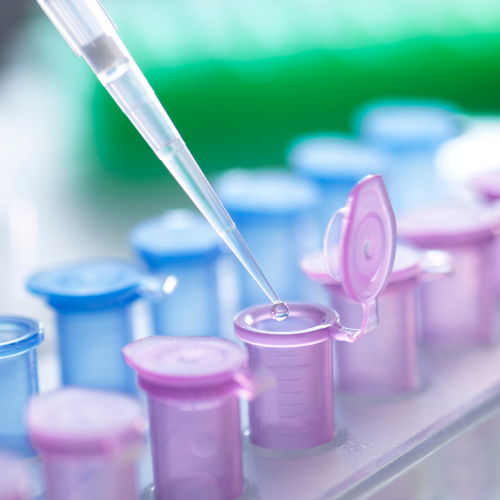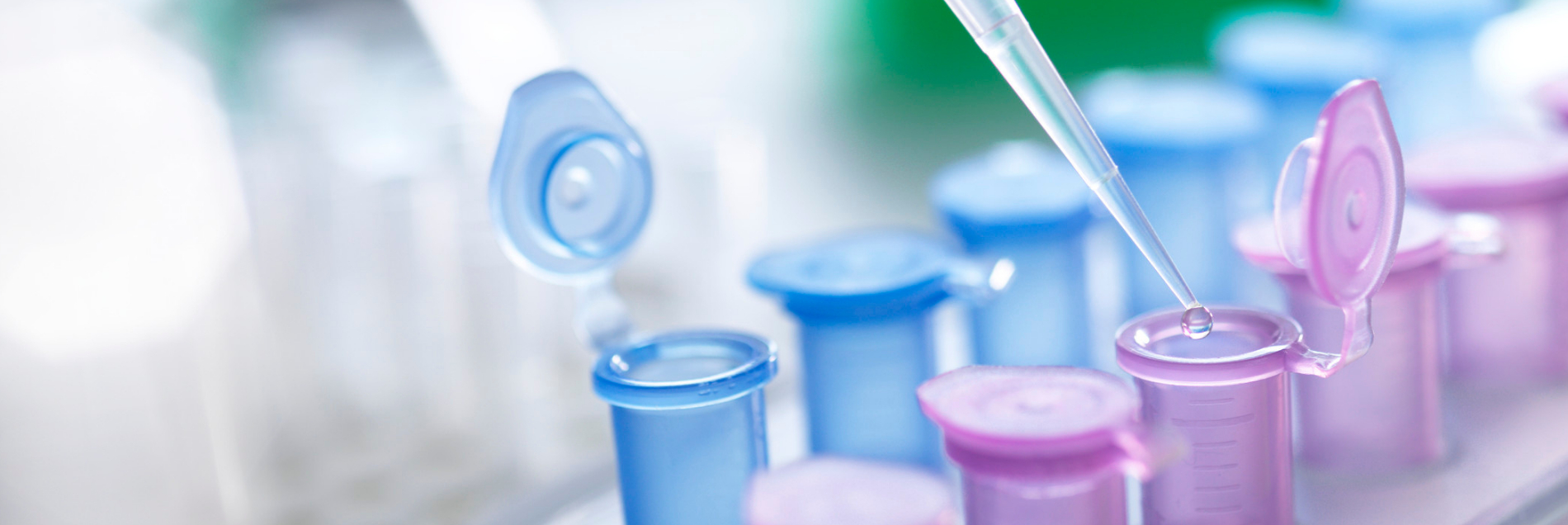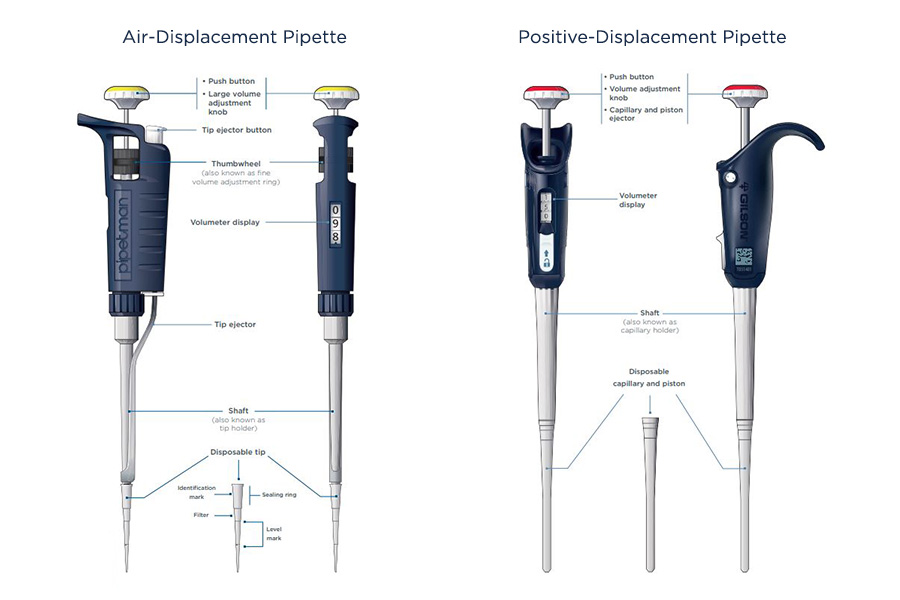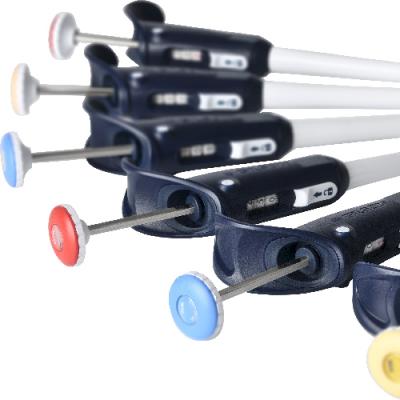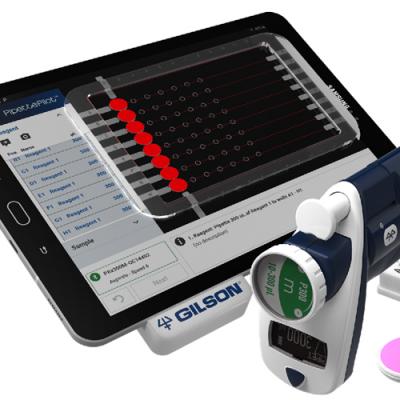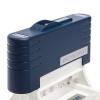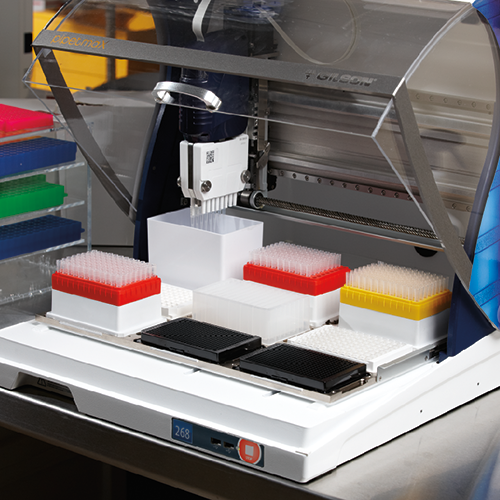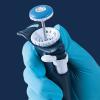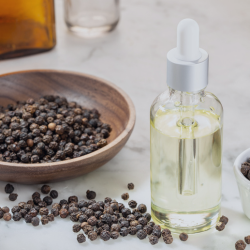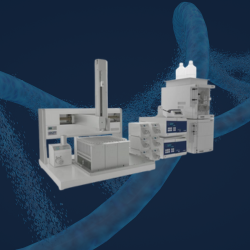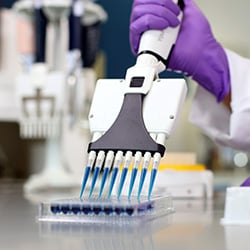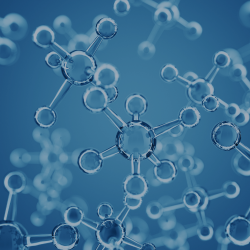Human health and scientific research have never been under more pressure than over the last two years. In laboratory settings worldwide, patients wait for the results from samples that inform them whether they will need to go into quarantine or potentially spend time in a hospital's Intensive Care Unit (ICU). Modern technologies have enabled labs to improve how they go about pipetting small volumes with precision and accuracy. Today, you can pipette small volumes (usually between 0.2 and 20 μL) with an accurate, tested, and proven technique.
When working with these small volume samples, it's more common for errors to creep into the workflow. Whether you are currently involved in the fight against the coronavirus or handling other biological assays, when working with nano-liters of liquids, you'll need to ensure you take every precaution to limit the risk of accidental cross-contamination and inaccurate measurements.
Four Tips for Pipetting Small Volumes Accurately
When working with challenging liquids or other samples in very small volumes, your technique and the instrument you're using has a major influence on the accuracy of your assays. Radiolabeling and optical fluorescence (or any other technique) help you identify specific changes in multiplexed assays. Microplates with microliter reagent additions are now common in most analytical laboratories. The smaller the volume of your samples, the greater the physical properties of the liquid, the effect temperatures, dispensing accuracy, and pipetting technique play in your workflow.
Key factors in your laboratory protocols have dramatic effects when you are pipetting small volumes. Not only do you need to trace every step in the process when you experience inconsistent results, but you also need to review your lab workflow and identify where you are introducing unknown factors into your assay. Here are four tips for pipetting small volumes accurately.
Know Your Pipettes and Instruments
Improper use of your pipette (or using the wrong instrument for the job at hand) will leave you with inconsistent results. You'll need to know your pipette's capabilities and whether it's suitable for your current workflow.
You have the option to choose two main pipette types:
- Positive-displacement pipettes – Ideal for working with foaming, viscous, volatile, or any other non-aqueous liquid, hot or cold, and contaminated samples.
- Air displacement pipettes – Used in standard sampling workflows where the temperature and physical properties of the liquid can't affect your accuracy.
Always study the manufacturer's instructions when choosing which type of pipette you use in your laboratory procedures. Air displacement remains suitable for most general laboratory workflows. Still, once you handle smaller volumes of non-aqueous fluids, you should move to positive-displacement pipettes using capillary-piston operated systems. Most errors occur due to the liquid's volatility or viscosity, temperature changes, and the number of volumes involved. Ensure you adjust your pipetting technique according to the environment, sample volumes, and sample type.
Pre-Wet the Pipette Tips
Accurate aspiration and dispensing of small volume samples require you to pre-wet your pipette tips before starting the pipetting cycles in your workflow. Even if you have a good technique, failure to pre-wet the pipette tips will significantly increase evaporation and lower your delivery volumes. Pre-wetting the tips before pipetting helps prepare the tips for the best pipetting performance. Ideally, the pre-wet includes immersing the tip in the liquid and performing one or several pipetting steps.
Additionally, pre-wetting the tips helps ensure the volumes that you pipette are accurate and precise within specifications by increasing the humidity in the chamber and limiting the evaporation of the liquid during your pipetting cycles.
Take Environmental Temperatures into Account
Do not pipette small volumes at lower temperatures than the ambient temperature in your lab with air displacement pipettes. Equilibrating samples in the laboratory environment will reduce volumetric errors and prevent over-dispensing while working with cold liquids. Ambient temperature will influence the exact volume of your liquids relative to the humidity in the pipette. Thermal expansion will increase the air space at higher temperatures and drastically affect your sample volumes, decreasing the volume dispensed. Ensure you consider the environmental conditions of both the liquid and your laboratory when assessing the accuracy of your pipetting workflow.
When using cold or hot liquids in your workflow, use a positive-displacement pipette so that precision and accuracy are not affected by the temperature of the liquid.
Review Your Pipette Technique for Accuracy
Accurate pipetting is a skill that lab technicians should always review and ensure it's done correctly. When pipetting small volumes, ensure you maintain the correct vertical positions and pause for at least one second after aspirating the sample. Pull the pipette straight out from the container, hold the vertical position, and avoid touching the vessel's sides.
For any sample smaller than 50 μL, if you introduce an angle during the process, it will alter the aspirated volume of your liquid. Touching the side of the tube will create a wicking process that reduces the delivered volume in your receiving vessel. Additionally, consider that pipetting fatigue when conducting your workflows. If your lab techs are working long hours every day, more errors may start creeping, which will be more pronounced when dealing with small volumes. When inconsistencies in your result become a regular occurrence, you should train your technicians and start looking at ways to automate parts of your liquid handling workflows.
Improving Your Small Volume Liquid Handling Techniques with Gilson
When dealing with small volume pipetting workflows, you need to ensure you have the right instrument for the job. The MICROMAN® E positive-displacement pipette with capillary piston tips gives you the best accuracy when working with any non-aqueous liquids or when dealing with fluids at different temperatures than the ambient one. Six different models can accommodate volumes between 1 and 1000 μL, helping you ensure you can produce repeatable and accurate results during every workflow.
MICROMAN E is ideal for:
- Viscous samples which are difficult to aspirate and dispense
- Volatile liquids where vapor pressure and air temperature influence the volume and can create leakage
- Cold and hot liquids where room temperatures can affect the accuracy of your sample volumes
- Contaminant samples by offering triple protection of the sample, the pipette, and you are protected
Gilson's pipettes are made to provide ergonomic support and comfort for your pipetting workflows. You can also look for solutions like our PIPETMAX® automated liquid handling system if your sampling volumes exceed your lab's current manual capacity.
To discuss your workflow and see how we can assist with pipetting small volumes in your lab, speak to an expert from Gilson today.
Find The Right Pipette For Your Workflow
For more than 60 years, we’ve been creating pipettes with accuracy, comfort, and reliability as a top priority. Today, we offer a variety of pipettes in a range of ergonomic designs and volume sizes that enhance your pipetting experience and help you achieve reproducible, reliable results.
FIND YOUR PIPETTE

















